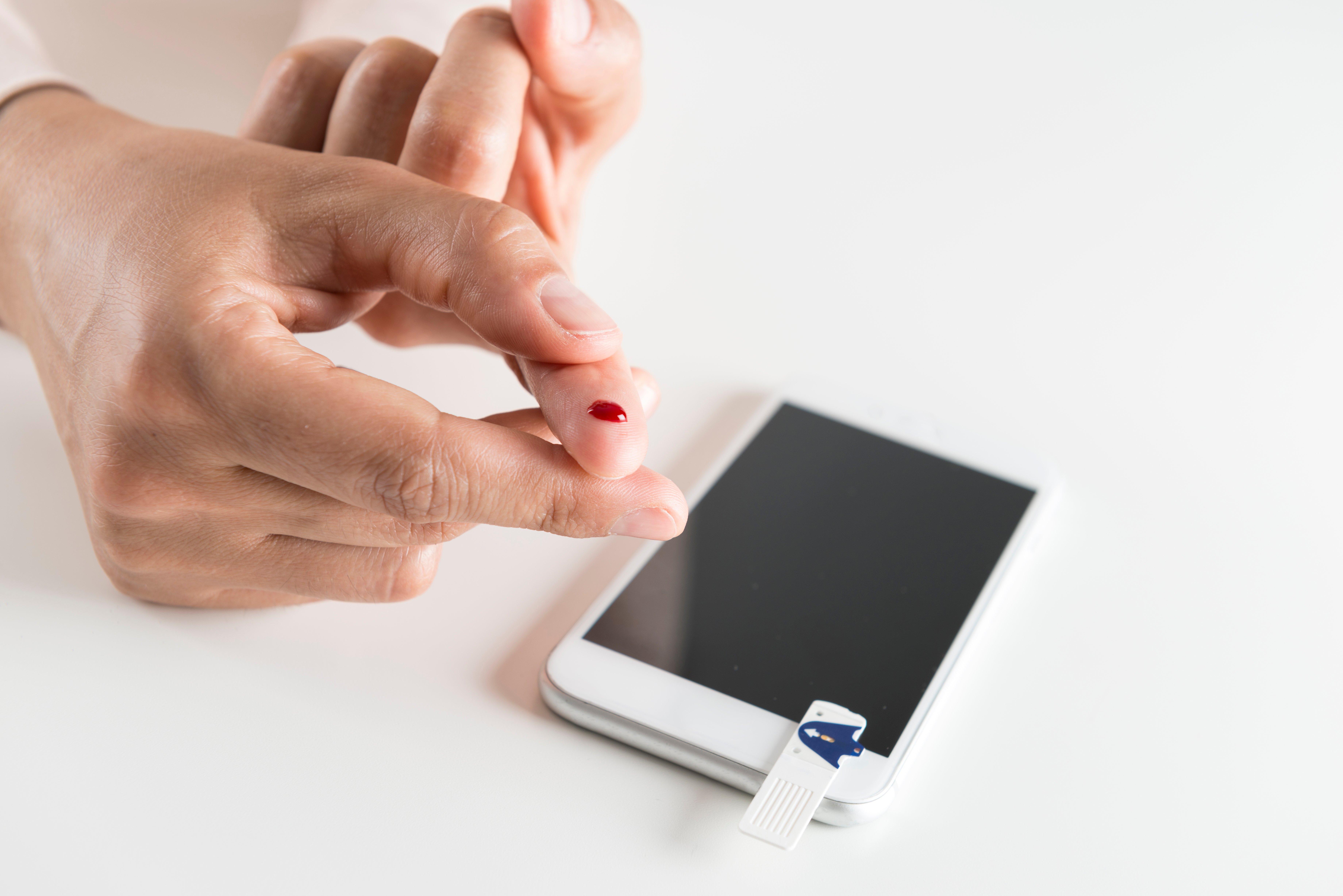Integrating Physical and Behavioral Health Care
By Ravisankar CJ on Thu, Apr 25, 2019

There are many parts working together in our bodies and research has shown that those individuals needing treatment for more than one condition of the mind and body, die on average more than 10-25 years earlier than those that do not. Many medical professionals and researchers believe that this is an increasing trend and that the number of individuals with co-morbid conditions will continue in the years ahead. Even more important, is that many behavioral health disorders are often overlooked by non-psychiatric physicians and general practitioners.
In the ever-changing world of medicine and health care, patients need to navigate two (or three) different systems including physical, behavioral, and substance use. Many times, this is even required by insurance providers. This is not only hard on the patient, but it can be very confusing. It can also lead to increased costs associated with numerous appointments. Is there a better way?
What is Integrated Health?
Integrated health is a way to simplify health care by bringing the two systems of behavioral and physical health together. This allows for fully integrated, coordinated health care by taking care of the whole person.
A single system approach includes a network of providers offering coordinated care for their patients and more seamless access to the services that they may need. Research shows that physical and behavioral health problems often occur at the same time and can be addressed more effectively in a coordinated system of care.

The Benefits of Integrated Health
The need for integrated health care came about under healthcare reform. Suddenly, millions of uninsured individuals with behavioral and physical health disorders moved into the formal health system. This was very evident, in particular, within the Medicaid program. Health care providers and government officials found themselves in a situation in which they had a high priority to make efforts to improve the quality and efficiency of care for the patients in this population.
This type of care can be provided in a number of settings, but research has shown that nearly half of all the patients that seek treatment for behavioral health problems do so at their primary care provider’s office. Current evidence shows the potential of a number of integrated approaches, but the best has been shown to be one in which practitioners and services are fully integrated. Other models may include a coordinated or co-location approach.
Integrating behavioral and physical health care not only provides a simpler way of obtaining treatment by it also improves the quality of care necessary for patients to lead longer, healthier and more productive lives. It offers an important opportunity to reduce disparities by eliminating the early mortality gap, providing behavioral health services to individuals that would not seek care or do not have access to care, and to provide care earlier in order to prevent or decrease morbidity.
How can Technology Help?
Solutions like Sagitec’s HealConnect can help organizations roll out integrated health programs to members. You can customize care plan variants to move away from the one-size-fits-all approach. For example, HealConnect can roll out a PHQ-9 assessment 4-6 weeks after delivery to check for post-partum depression. Based on assessment results, HealConnect can enroll the patient in a Depression Support Program or refer to a Behavioral Health provider.
You May Also Like
These Related Stories

A dynamic DataOps platform for the health care and life sciences industry

4 ways to better engage your patients



No Comments Yet
Let us know what you think